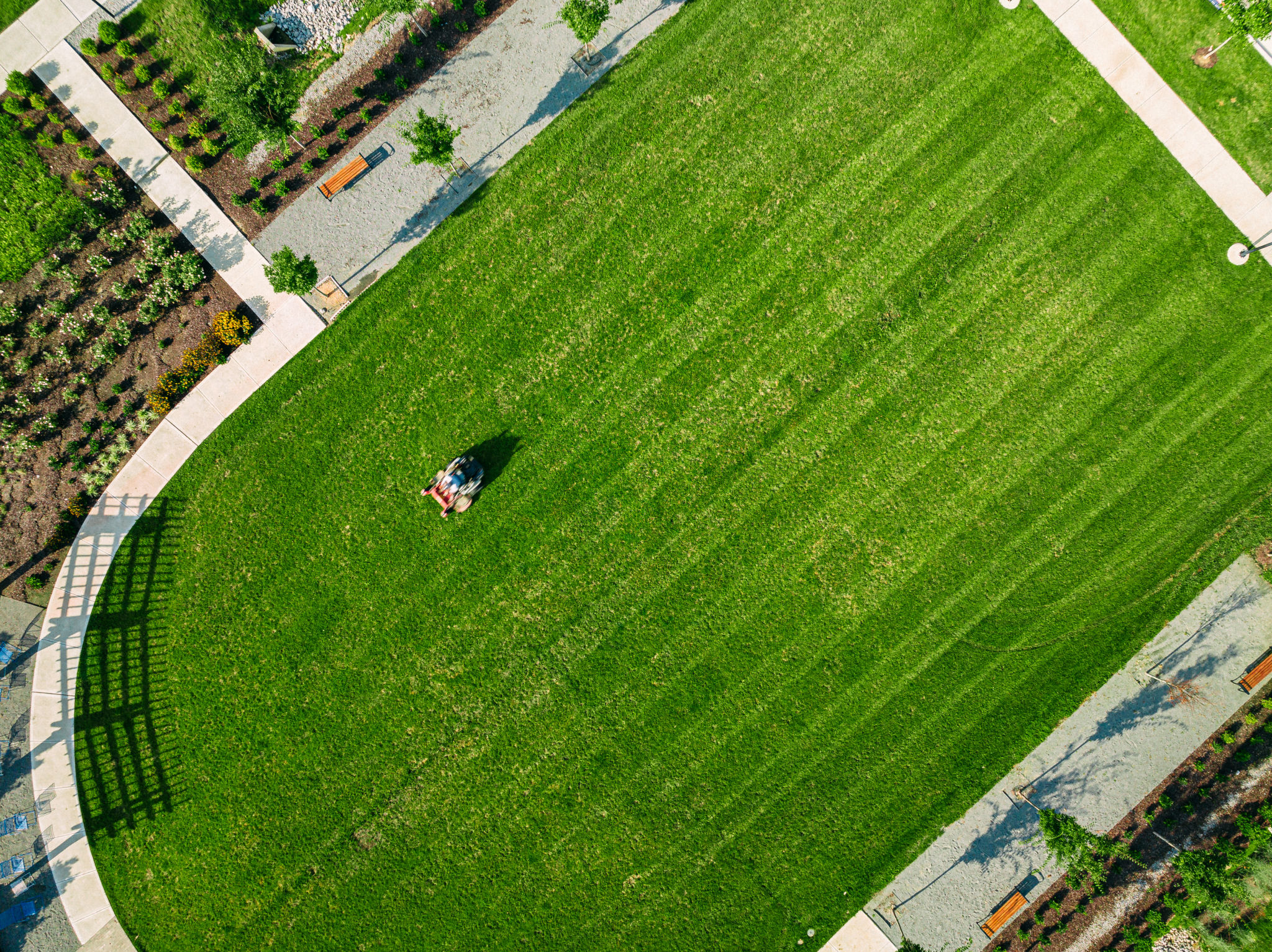Seasonal Lawn Care in South Carolina: Adapting to Local Weather Conditions
Understanding the South Carolina Climate
South Carolina's climate can be described as humid subtropical, characterized by hot summers and mild winters. This unique weather pattern requires homeowners to adopt specific lawn care practices to keep their grass healthy and vibrant year-round. Understanding these climatic conditions is essential for maintaining a beautiful lawn that can withstand the seasonal changes.

Spring: Preparing Your Lawn for Growth
As the temperatures begin to rise in spring, it's crucial to prepare your lawn for the growing season. This is the time when grasses start to emerge from dormancy, requiring nutrients and care. Begin with a thorough raking to remove dead grass and debris that may have accumulated over the winter months.
After cleaning up, consider applying a balanced fertilizer to provide essential nutrients needed for robust growth. Aeration can also be beneficial during this period, as it helps improve soil structure and allows air, water, and nutrients to penetrate the roots more effectively.
Dealing with Weeds
Spring is also the ideal time to tackle weed problems. Applying a pre-emergent herbicide can help prevent weed seeds from germinating, reducing competition for nutrients and sunlight. Regular mowing will help maintain a uniform appearance and prevent weeds from taking hold.

Summer: Managing Heat Stress
The scorching summer heat in South Carolina can put significant stress on your lawn. Proper watering is essential during this time to keep your grass healthy. Water deeply but infrequently, aiming for early morning irrigation to reduce evaporation. This practice encourages deep root growth, making your lawn more drought-resistant.
Pest Control
Summer also brings an array of pests that can damage your lawn. Be on the lookout for signs of grubs, chinch bugs, and other common lawn pests. If necessary, apply appropriate insecticides or consider natural pest control methods to protect your grass without harming beneficial insects.

Fall: Preparing for Dormancy
As temperatures start to cool in fall, prepare your lawn for its dormant phase. Begin by mowing your grass slightly lower than usual to prevent matting under falling leaves. Rake leaves regularly, as leaving them on the lawn can block sunlight and trap moisture.
Fertilization and Overseeding
Fall is an excellent time to fertilize your lawn once more and consider overseeding thin areas. These practices will ensure that your grass has enough nutrients stored up for winter and a head start for spring growth. This is especially important for cool-season grasses that thrive in the fall climate.
Winter: Minimal Maintenance
During the winter months, your lawn requires minimal maintenance. Avoid excessive foot traffic on dormant grass, as this can cause compaction and damage. It's also essential to keep an eye out for any winter weeds that may emerge and take action if necessary.
By following these seasonal guidelines, you can ensure your South Carolina lawn remains healthy and attractive throughout the year. Adapting your lawn care routine to local weather conditions not only enhances curb appeal but also promotes a resilient landscape that can withstand the region's diverse climate challenges.